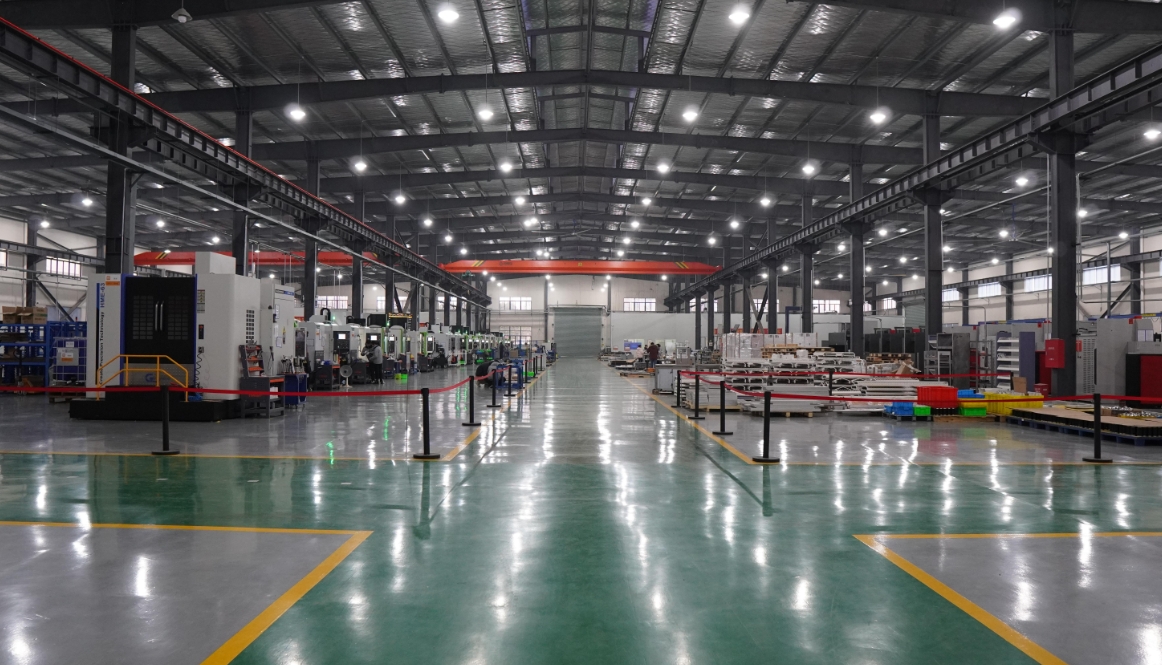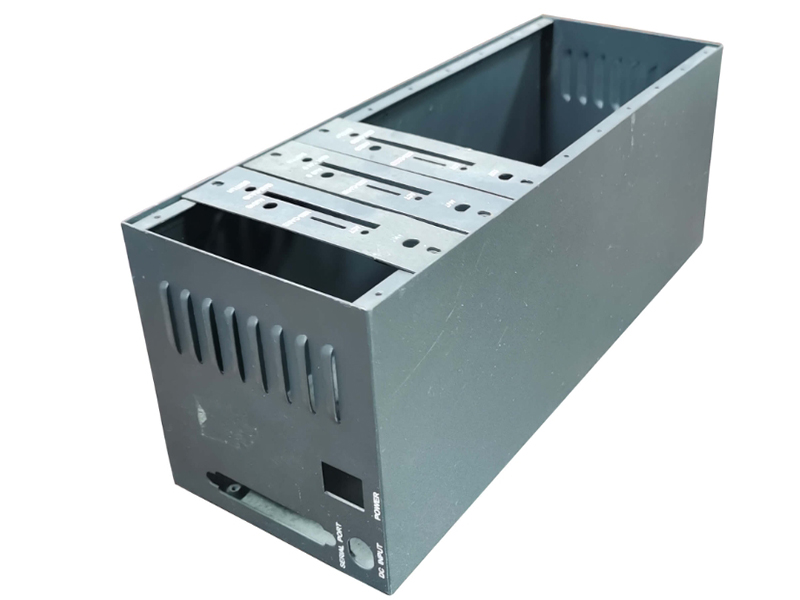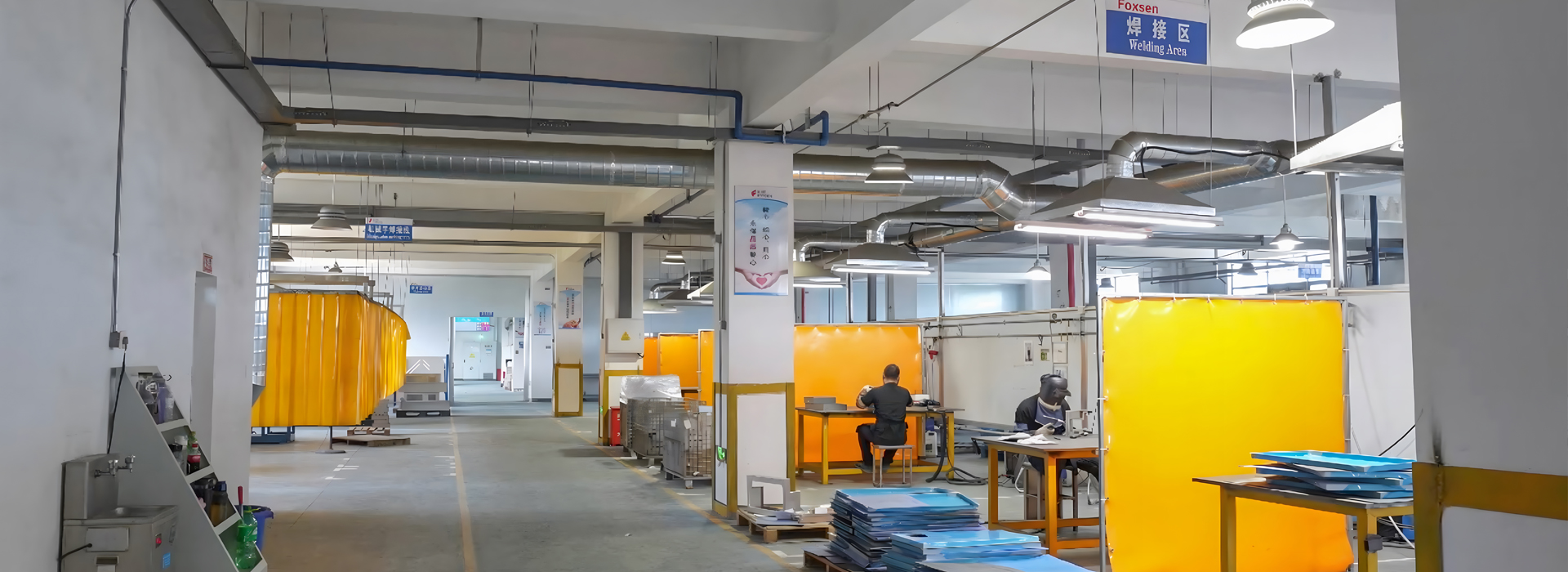Product Link:
https://www.sheetmetalparts.net/products-telecommunication-sheet-metal-parts.html
Ever wondered what keeps your electronics safe or your machinery humming along without a hitch? Chances are, a sheet metal enclosure is doing the heavy lifting behind the scenes. At its core, a sheet metal enclosure is a sturdy, custom-built casing made from thin, flat metal sheets—better known as sheet metal parts. These enclosures shield everything from delicate circuit boards to hefty industrial gear, offering protection, structure, and sometimes even a bit of style. As someone who’s spent time digging into the nitty-gritty of sheet metal processing at Foxsen, I can tell you there’s a lot more to these enclosures than meets the eye. Let’s break it down, step by step, with some real-world know-how and a few numbers to back it up.

The Basics: What Are We Working With?
Sheet metal enclosures fall under the umbrella of sheet metal parts, which are components crafted from metal sheets through processes like cutting, bending, and welding. The magic happens because the thickness of the metal stays the same throughout the process—unlike cast or machined parts where material gets added or chipped away. Think of it like folding a piece of paper into a box: the paper doesn’t get thicker or thinner; it just changes shape. Common materials for these enclosures include cold-rolled steel (SPCC), stainless steel (SUS304), and aluminum (6061 or 5052), each picked for its unique perks. For instance, SPCC is a go-to for enclosures up to 3.2mm thick because it’s affordable and easy to shape, while SUS304, with its tensile strength around 505 MPa and corrosion resistance, is a champ for tougher environments.
Choosing the right material isn’t just about what’s on hand—it’s about what the enclosure needs to do. Need something lightweight for a battery enclosure? Aluminum’s your friend, with a lower elastic modulus (70 GPa) compared to stainless steel’s 200 GPa, meaning it’s less prone to springing back after bending. Cost a concern? SPCC keeps the budget in check. It’s all about matching the metal to the mission.
How It’s Made: From Flat Sheet to Finished Enclosure
Turning a flat sheet into a functional enclosure is a hands-on process, and it’s where the craft really shines. Here’s how it typically goes down, packed with some practical details from the shop floor:
Step 1: Cutting the Shape
First, we cut the metal into the right flat shape—called blanking. There are a few ways to do this:
Laser Cutting: Perfect for complex designs, with precision down to 0.1mm. It’s a bit pricier but unbeatable for intricate sheet metal parts.
CNC Punching: Uses programmed punches for speed and accuracy (around 0.15mm), great for bulk runs of enclosures.
Shearing: A simple, low-cost option for basic rectangles, though it’s less precise at under 0.2mm.
The choice depends on the part. For a stainless steel enclosure with lots of holes, laser cutting keeps the edges clean and exact.
Step 2: Bending into Shape
Next, we bend that flat piece into a 3D form using a press brake. This is where things get technical—and a little tricky. The bend radius (R) and material thickness (t) matter a lot. A good rule of thumb is keeping the radius at least equal to the thickness—like 1.0t for low-carbon steel—to avoid cracking. Too small, and the outer fibers tear; too big, and you’re wrestling with extra springback. The formula for minimum straight edge height helps here:
h ≥ r + 2t
For a 1mm-thick steel sheet with a 1mm radius, the straight edge needs to be at least 3mm to hold its shape.
Springback’s the wild card in bending. It’s that pesky bounce-back after the pressure’s off, driven by the metal’s elasticity. For aluminum, with its lower yield strength (around 276 MPa for 6061-T6), it’s less of a fight than with stainless steel. We counter it by tweaking the mold—maybe using a rounded punch to cut springback by 20-30%—or bending a bit past the target angle to compensate.
Step 3: Joining It All Together
Once bent, the pieces often need to be joined. Welding’s a big player here:
CO2 Welding: Fast and strong for steel enclosures, with good rust resistance.
Argon Arc Welding: The choice for aluminum or stainless steel, delivering clean, quality welds.
For a battery enclosure, we might spot-weld aluminum sheets to keep it light yet solid. The trick is avoiding warps—sometimes we use a jig or tweak the welding order to keep everything straight.
Step 4: Finishing Touches
Finally, we dress it up with surface treatments. Cold-rolled steel might get a phosphate coating and paint to fend off rust, while aluminum could be anodized for a sleek, durable finish. Stainless steel? Often it’s good to go as-is, maybe with a brushed look for style. These steps boost both looks and longevity—crucial for sheet metal parts like enclosures that face the elements.
Why Springback Matters (and How We Handle It)
Here’s a heads-up from the factory floor: springback can throw a wrench in the works if you’re not ready for it. It’s tied to the material’s properties—like yield strength and elastic modulus—and how we bend it. Take a cold-rolled steel enclosure: its high hardening index means it can spring back over 10% of the bend angle. To keep it in line, we might:
Use a smaller bend radius (r/t around 2-3) to force more permanent deformation.
Add a bit more bending force—say, bumping from 50kN to 65kN—to cut springback by 15%.
Design the mold with a zero-gap die to lock the shape in place.
For SUS304 stainless steel enclosures, with its hefty 200 GPa elastic modulus, a multi-step bend can tame that 15% bounce-back down to a manageable level. It’s all about knowing your metal and your tools.
What Makes Sheet Metal Enclosures Stand Out?
So, why go with a sheet metal enclosure? They’re tough, adaptable, and cost-effective. Whether it’s an electronic enclosure shielding circuits, a stainless steel box standing up to corrosion, or a battery enclosure keeping weight low, sheet metal parts deliver. They’re custom-cut to fit, bent to spec, and finished to last—perfect for everything from data centers to automotive gear. Plus, with processes like laser cutting hitting 0.1mm accuracy, you’re getting precision that’s hard to beat.

Wrapping It Up
A sheet metal enclosure isn’t just a box—it’s a tailored solution born from flat sheet metal parts, shaped by cutting-edge tech and old-school know-how. From picking SPCC for its 3.2mm sweet spot to bending with formulas like h ≥ r + 2t, every step’s about getting it right. Sure, springback tries to trip us up, but with the right tweaks—smaller radii, smarter molds, a little extra force—we keep it under control. Next time you see a sleek metal casing, you’ll know there’s a whole world of craft behind it, making sure it fits, works, and lasts.





